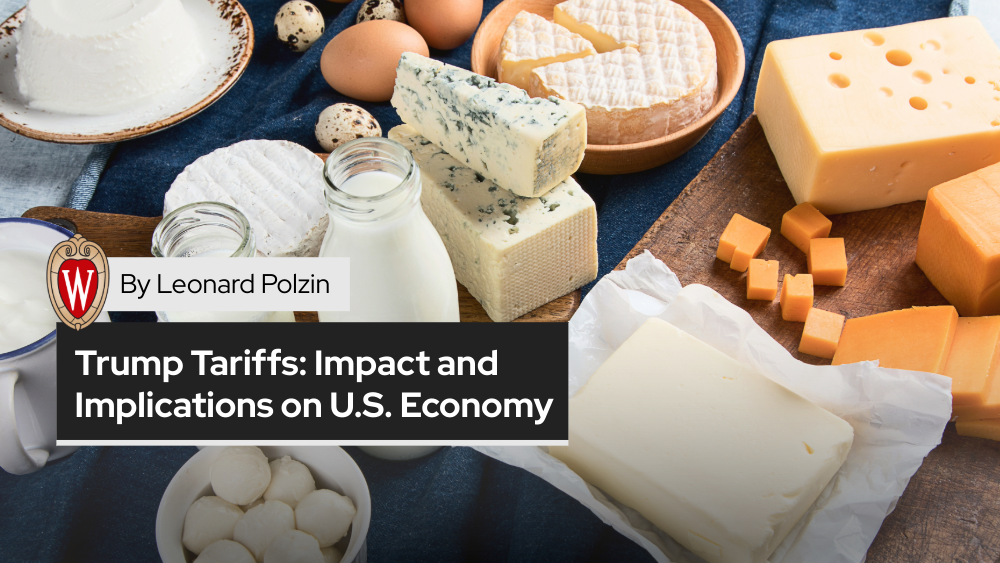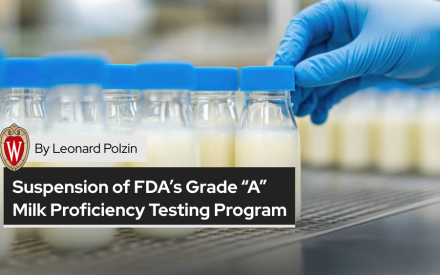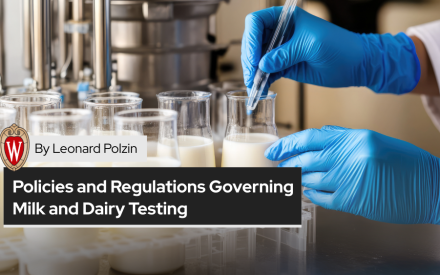Table of Contents

Introduction
On February 1, 2025, President Donald Trump signed executive orders imposing new tariffs on imports from Canada, Mexico, and China. These tariffs, initially anticipated to be effective February 4, 2025, included a 25% levy on goods from Canada and Mexico, with a reduced 10% tariff specifically on Canadian energy exports.
Imports from China would have been subjected to a 10% tariff. The administration cited concerns over illegal immigration and drug trafficking as primary motivations for these measures.
Timeline of Tariff Announcements
- February 1, 2025: President Trump signed executive orders imposing a 25% tariff on all goods imported from Mexico and Canada, and a 10% tariff on imports from China. A reduced 10% tariff was applied to energy imports from Canada, including electricity, natural gas, and oil. These tariffs were initially set to take effect on February 4, 2025.
- February 3, 2025: The administration announced a one-month pause on the tariffs for Mexico and Canada after both countries agreed to enhance measures against drug trafficking into the United States.
- February 9, 2025: President Trump declared plans to impose a 25% tariff on all steel and aluminum imports, including those from Canada and Mexico.
- February 13, 2025: An order was issued for “reciprocal” tariffs on countries that impose higher tariffs on U.S. goods, targeting nations such as the European Union, India, and Japan.
- February 18, 2025: President Trump announced intentions to implement a 25% tariff on imports of automobiles, semiconductors, and pharmaceutical products, with the tariffs expected to be formalized on April 2, 2025.
Broad Tariffs
Trump has initiated a phased rollout of universal tariffs on all U.S. imports. He instructed his economic advisors to develop plans for reciprocal tariffs against nations imposing import taxes on U.S. goods. The administration also seeks to counteract non-tariff barriers, such as vehicle safety regulations and value-added taxes, which increase costs for U.S. exporters.
Economists suggest that these policies will likely be inflationary, as businesses paying higher tariffs may pass costs onto consumers. Additionally, affected trading partners could retaliate, potentially leading to a broader trade conflict.
Country-Specific Tariffs
Mexico & Canada
- February 4, 2025, Trump announced a 25% tariff on imports from Mexico and Canada, in response to migration and fentanyl trafficking concerns.
- This tariff was postponed until March 1, 2025, pending negotiations.
China
- On February 1, 2025, President Donald Trump signed executive orders imposing a 10% tariff on all imports from China, effective February 4, 2025.
- In response, China announced retaliatory tariffs of 15% on U.S. coal and liquefied natural gas, and 10% on crude oil and agricultural machinery, effective February 10, 2025.
- These measures echo the trade war tensions from Trump’s first term, with potential negative effects on both economies.
European Union
- Trump criticized the EU’s trade surplus with the U.S. and proposed tariffs unless the EU increases purchases of American oil and gas.
- The European Commission condemned the U.S. tariff approach on February 14, 2025.
Russia
- Trump threatened new tariffs and sanctions on Russia unless a resolution to the Ukraine conflict is reached.
India & BRICS Nations
- India, which imposes the highest tariffs on U.S. goods among major trading partners, discussed potential tariff reductions and increased U.S. imports.
- Trump warned BRICS nations of potential tariffs if they proceed with creating an independent currency.
Colombia
- Trump imposed a 25% tariff on Colombian goods after disputes over deportation flights. A subsequent agreement was reached.
Product-Specific Tariffs
Metals
- Tariffs were imposed on all steel and aluminum imports, affecting key industries such as automotive, aerospace, and construction.
- The U.S. remains the largest importer of aluminum and has a trade deficit in steel.
Semiconductors
- Trump announced a 25% tariff on semiconductor imports, set to rise over the next year.
- This measure will impact Taiwan Semiconductor Manufacturing Co (TSMC), which supplies chips to major U.S. firms.
Pharmaceuticals
- A 25% or higher tariff on imported pharmaceuticals is under consideration.
- Japan and India, both major exporters of pharmaceuticals to the U.S., are expected to be significantly impacted.
Automobiles
- Tariffs on automobile imports are set to take effect on April 2, 2025.
- Trump has proposed 100% tariffs on certain vehicles, including electric vehicles (EVs).
- The U.S. currently imposes a 2.5% tariff on passenger cars but maintains a 25% tariff on pickup trucks imported from countries other than Mexico and Canada.
National Perspectives on Agriculture and Dairy Sectors
This can be seen from the views of various experts summarized in Table 1 below.
| Economist/Organization | Key Findings | Reference |
|---|---|---|
| Cornell University – Andre Novakovic | The dairy industry could face substantial financial losses if tariffs disrupt trade with key partners such as Canada, Mexico, and China. | Cornell University |
| University of Wisconsin – Madison | Economists warn that tariffs could lead to higher consumer prices, increased inflation, and negative impacts on trade-dependent industries. A 10% tariff could raise annual prices by 0.4%. | Daily Cardinal |
| Boston University | Tariffs could raise consumer costs, increase inflation, elevate interest rates, reduce employment, and slow economic growth. Protectionist measures may lead to trade retaliation. | BU.edu |
| University of Rhode Island | Tariffs could hurt U.S. businesses and consumers by increasing costs for companies reliant on imports. Retaliatory tariffs from other countries could further harm U.S. producers. | URI.edu |
Potential Impact on Wisconsin’s Economy
Wisconsin’s economy, with its strong reliance on agriculture and manufacturing, is expected to experience direct consequences from these tariffs, particularly in agriculture and manufacturing. Stakeholders should monitor trade policies closely and prepare for potential retaliatory actions from trade partners. Wisconsin businesses, farmers, and policymakers must assess these developments and plan accordingly. Further negotiations with key trade partners may be necessary to mitigate negative effects.
Wisconsin’s Agriculture Sector
Wisconsin is a top U.S. dairy producer, with Canada and Mexico among its largest trade partners as it is widely known that key export markets are Mexico, Canada, China, which in 2024 accounted for about 40% of the total value of US dairy exports.
According to 2022 agricultural export data from the Wisconsin Department of Agriculture, Trade, and Consumer Protection (DATCP), Canada and Mexico consistently rank as the largest markets for Wisconsin dairy products. Canada accounts for approximately 25–30% of Wisconsin’s total dairy exports by value, while Mexico represents 15–20%, reflecting typical annual fluctuations. These figures align with broader U.S. dairy export trends, where Mexico, Canada, and China collectively accounted for about 40% of the total value of U.S. dairy exports in 2024.
Additionally, Wisconsin exports $1.275 billion in agricultural goods to Canada annually, underscoring the state’s reliance on trade with its northern neighbor. Given this level of integration, any tariffs imposed on dairy exports to Canada and Mexico could significantly increase export costs. Potential retaliatory tariffs from these countries could further affect Wisconsin’s dairy sector, particularly in milk, cheese, and processed dairy products, which are among the most exported categories.DATCP’s fact sheets frequently highlight Canada as Wisconsin’s largest dairy export market, followed by Mexico, reinforcing the importance of stable trade agreements and tariff-free access to these key markets for sustaining Wisconsin’s dairy economy.
Thus, tariffs on these countries may lead to higher export costs and potential retaliatory tariffs, particularly affecting milk, cheese, and processed dairy exports.
| Agriculture Sector | Effect of Tariffs |
|---|---|
| Dairy Exports (Milk, Cheese) | Higher export costs, risk of retaliatory tariffs from Canada and Mexico |
| Equipment & Inputs (Fertilizers, Machinery) | Increased costs due to tariffs on Chinese and Mexican imports |
| Crop Exports (Soybeans, Corn) | Possible disruptions if retaliatory measures impact U.S. grain exports |
Industry Reactions
There are numerous views and concerns shared by industry experts on this recently revised tariffs policy:
- Senator Tammy Baldwin: “These tariffs will raise prices for families and hurt Wisconsin’s farmers and manufacturers. “
Wisconsin Farm Bureau: Expressed concerns over trade relationships, stating that the tariffs could impact long-term farm revenue stability.
Wisconsin’s Manufacturing Industry
Wisconsin is home to major manufacturers, including machinery, auto parts, and paper products. Increased tariffs on imported raw materials from China, Mexico, and Canada raise production costs.
| Manufacturing Sector | Effect of Tariffs |
|---|---|
| Machinery & Equipment | Higher costs for components imported from China and Mexico |
| Auto & Truck Parts | Supply chain disruptions for vehicle manufacturing |
| Paper & Packaging | Increased costs due to wood pulp and paper product tariffs |
Below is a summary of key insights from economic experts across the U.S., with a particular focus on Wisconsin’s dairy industry.
| Economist/Organization | Key Findings | To reach at |
|---|---|---|
| University of Wisconsin-Madison – Charles Engel & Lydia Cox | Tariffs could increase costs for essential goods and hurt Wisconsin’s trade-reliant industries, including agriculture and manufacturing. | Daily Cardinal |
| Wisconsin Public Radio Report | New trade and immigration policies could hurt Wisconsin farmers due to increased production costs and reduced market access. | Wausau Pilot & Review |
Conclusion
Economists warn that tariffs on key trade partners could significantly impact the U.S. agriculture and dairy sectors, particularly in Wisconsin, where dairy exports are a major economic driver. Increased costs, potential retaliatory tariffs, and supply chain disruptions are among the primary concerns. Stakeholders are advised to stay informed and consult trade and policy experts for potential mitigation strategies.
Additional Reading & Resources
| Resource | Link |
|---|---|
| Federal Register – Tariff Executive Orders | Federal Register |
| USTR – Trade Announcements | USTR.gov |
| White House Press Briefing on Tariffs | WhiteHouse.gov |
| Wisconsin Department of Agriculture Reports | datcp.wi.gov |
| National Association of Manufacturers – Trade Reports | NAM.org |
| Dairy Supply Chain Impacts of Representative Policy Options Affecting Trade, Labor, and Food and Nutrition Programs | PDF Download – dairymarkets.org/PubPod/Pubs/IL25-01.pdf |
Stay updated by following trade policy changes via official sources like the USTR and Federal Register.
References
https://dairymarkets.org/PubPod/Pubs/IL25-01.pdf
UW-Madison economists warn Trump’s tariff proposals could raise prices, inflation, lower profits for trade-reliant businesses – The Daily Cardinal
President’s proposed tariffs would hurt U.S. companies and consumers, says URI expert – Rhody Today
https://datcp.wi.gov/Pages/AgDevelopment/ExportStatistics.aspx


 Dairy Market Dynamics and Domestic Constraints: A Dairy Sector Assessment as of June 2025
Dairy Market Dynamics and Domestic Constraints: A Dairy Sector Assessment as of June 2025 U.S.–Canada Dairy Trade Relationship (2025–Present)
U.S.–Canada Dairy Trade Relationship (2025–Present) Suspension of FDA’s Grade “A” Milk Proficiency Testing Program – A Comprehensive Analysis
Suspension of FDA’s Grade “A” Milk Proficiency Testing Program – A Comprehensive Analysis Policies and Regulations Governing Milk and Dairy Testing: A Wisconsin Overview
Policies and Regulations Governing Milk and Dairy Testing: A Wisconsin Overview


